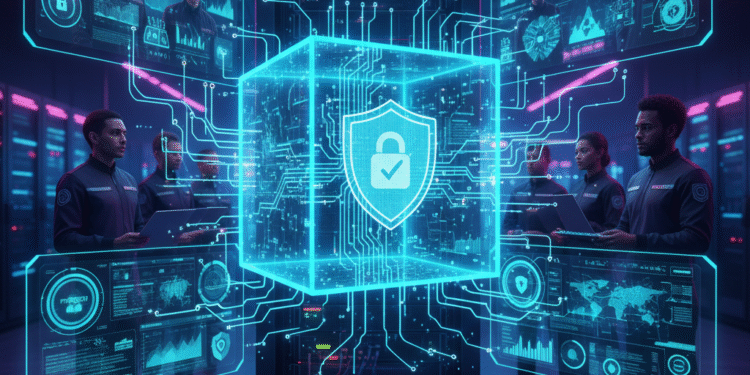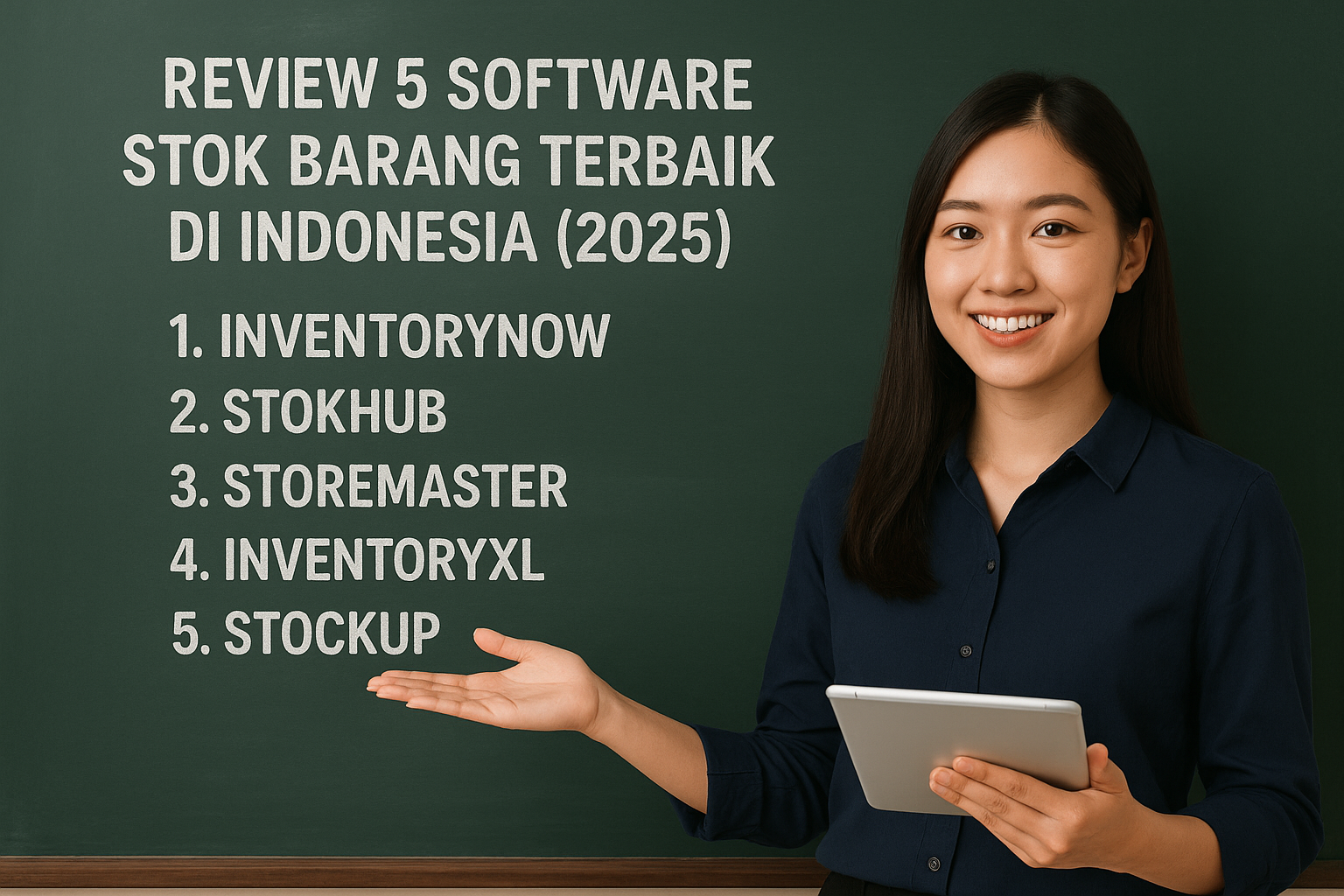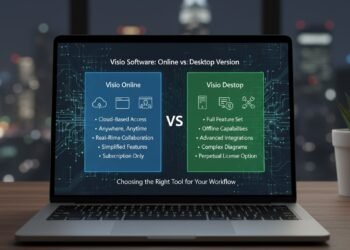In an era where physical hardware is no longer the centerpiece of IT, security has had to evolve. Enter the security virtual appliance, a powerful software-based solution that delivers robust protection within virtualized environments. But what exactly is it, and how does it function to defend your digital assets without a physical footprint?
This article demystifies the security virtual appliance, breaking down its core components, operational mechanics, and the tangible benefits it brings to modern cloud-native and hybrid infrastructures.
Beyond the Box: Redefining Network Security
Traditionally, network security was synonymous with rack-mounted hardware: a physical firewall box with dedicated ports and processing power. However, the rise of virtualization and cloud computing created a paradigm shift. How do you protect a server that isn’t physically there? How do you secure traffic flowing between virtual machines (VMs) within the same host?
A security virtual appliance is the answer. It is a pre-configured, ready-to-run software image that encapsulates an entire security application—its operating system, the security software, and all necessary dependencies—into a single, deployable package. Think of it as a virtual machine whose sole purpose is to inspect and secure network traffic, just like a physical firewall or intrusion prevention system (IPS), but with the agility of software.
The Core Architecture: What’s Inside a Virtual Defender?
Understanding how a security virtual appliance works begins with peering into its layered architecture. Unlike a simple application, it is a self-contained environment engineered for a single mission: security.
The Underlying Operating System: At its base is a stripped-down, hardened host operating system, typically a minimal Linux kernel. This OS is “hardened,” meaning non-essential services are removed to reduce the attack surface and optimize performance for its specific security tasks.
The Security Enforcement Engine: This is the brain of the operation. It comprises the core security functions, which often include:
Stateful Firewall: Tracks the state of network connections and makes allow/deny decisions based on source, destination, and port.
Intrusion Prevention System (IPS): Actively scans traffic patterns to detect and block known threats and vulnerabilities using a signature database.
Application Awareness (Next-Generation Firewall): Identifies and controls traffic based on the application (e.g., Facebook, Salesforce) rather than just the port, preventing evasive tactics used by modern malware.
Web Filtering & Secure Web Gateway (SWG): Blocks access to malicious or inappropriate websites based on categorized URL databases.
Anti-Malware & Antivirus: Scans files and data streams for malicious code.
The Management Interface: This is the window through which administrators configure policies, monitor threats, and update the system. It is typically a web-based GUI, accessible via a designated IP address, allowing for remote management from anywhere.
How It Works: The Step-by-Step Security Process
The operational workflow of a security virtual appliance is a continuous cycle of inspection and enforcement. Let’s trace the path of a data packet as it encounters the virtual defender.
Step 1: Deployment and Integration
The administrator deploys the virtual appliance (e.g., an OVA/OVF file) onto a hypervisor like VMware vSphere or Microsoft Hyper-V. It is assigned virtual network interface cards (vNICs) and integrated into the virtual network’s data path. This can be in a “north-south” position (at the virtual network edge, protecting traffic in and out of the data center) or, more powerfully, in an “east-west” position (between virtual machines within the same host or cluster to contain lateral movement).
Step 2: Traffic Interception
Network traffic is routed to the virtual appliance based on its configuration. This can be done by:
Configuring it as a Gateway: Setting it as the default route for other VMs.
Using VLANs: Steering traffic from specific VLANs through the appliance.
Leveraging switches: Directing traffic at the hypervisor level.
Step 3: Deep Packet Inspection (DPI)
This is where the magic happens. The packet doesn’t just get a quick glance at its header. It undergoes Deep Packet Inspection, where the payload (the actual data inside the packet) is analyzed.
The tasteful firewall checks if the packet is part of a legitimate, established session.
The IPS engine cross-references the packet’s contents against a database of thousands of threat signatures.
The application control feature decodes the packet to identify the specific application it belongs to, regardless of the port it’s using.
Step 4: Policy Enforcement and Action
Based on the analysis, the appliance enforces the administrator’s predefined security policies.
Allow: If the traffic is clean and complies with policy, it is forwarded to its destination.
Block/Deny: If the traffic matches a known threat signature, originates from a blacklisted IP, or is using a forbidden application, the connection is terminated, and the packet is dropped.
Quarantine/Alert: In some cases, suspicious traffic may be quarantined for further analysis, and an alert is immediately sent to a security information and event management (SIEM) system or an administrator.
Step 5: Logging and Reporting
Every action is logged. These logs create a comprehensive audit trail, which is vital for compliance with standards like PCI-DSS or HIPAA, as well as for forensic analysis following a security incident. The appliance generates detailed reports on traffic patterns, top threats blocked, and policy violations.
Main Points of This Analysis:
A security virtual appliance is a software-based solution that packages a full security suite into a deployable virtual machine image, eliminating reliance on physical hardware.
Its core value lies in its operational flexibility, enabling crucial “east-west” micro-segmentation to isolate threats between workloads inside the data center.
The technology works through deep packet inspection and policy enforcement, analyzing both packet headers and payloads to block threats based on signatures, application identity, and content.
Key benefits include significant cost reduction (CAPEX/OPEX), unparalleled scalability, and streamlined disaster recovery, making enterprise-grade security accessible for modern hybrid and cloud environments.
The Strategic Advantages: Why Go Virtual?
The shift from physical to virtual security appliances is driven by compelling, tangible benefits that align with modern business and IT objectives.
Unmatched Flexibility and Agility: A new virtual appliance can be provisioned in minutes, not days. Its capacity can be scaled up (by allocating more vCPU and RAM) or scaled down instantly to match demand, a critical feature for cloud environments.
Cost Efficiency: Organizations save significantly on capital expenditure (CAPEX) by not purchasing proprietary hardware. Operational expenditure (OPEX) is also reduced through lower power, cooling, and rack space consumption.
Simplified Disaster Recovery and Business Continuity: Since the security appliance is a software file, it can be backed up, replicated, and spun up at a disaster recovery site instantly. The entire security posture becomes as portable as the workloads it protects.
Enhanced Security Posture with Micro-Segmentation: This is arguably the most powerful advantage. Physical firewalls are ineffective at controlling traffic between VMs on the same server. A security virtual appliance can be deployed to create granular security zones, a practice known as micro-segmentation. This means that even if an attacker compromises one server, they cannot move laterally to infect others, as the virtual appliance acts as an internal firewall.
Real-World Use Cases: The Virtual Appliance in Action
Securing the Software-Defined Data Center (SDDC): In environments like VMware NSX, virtual appliances are the native enforcement points for distributed firewall rules and advanced security services.
Cloud Migration and Hybrid Cloud Security: Companies can deploy the same virtual appliance in their private cloud and on public clouds like AWS or Azure, ensuring a consistent security policy and simplified management across all environments.
Branch Office Security (vROBO): Instead of shipping and managing physical boxes to dozens of remote offices, a lightweight virtual appliance can be deployed on a local server at each branch, all managed centrally from headquarters.
DevSecOps and Application Isolation: Development and test environments can be quickly provisioned with their own dedicated virtual security appliances, enforcing policies without impacting the production network.
Conclusion: The Future is Virtual
The security virtual appliance is far more than a simple emulation of a physical device. It is a foundational element of modern cybersecurity strategy, offering a level of integration, agility, and granular control that physical hardware cannot match. By understanding its architecture and operational workflow, organizations can effectively leverage this technology to build more resilient, efficient, and secure virtualized infrastructures. As businesses continue their journey to the cloud, the virtual appliance stands as the essential, flexible guardian for a boundary-less digital world.







